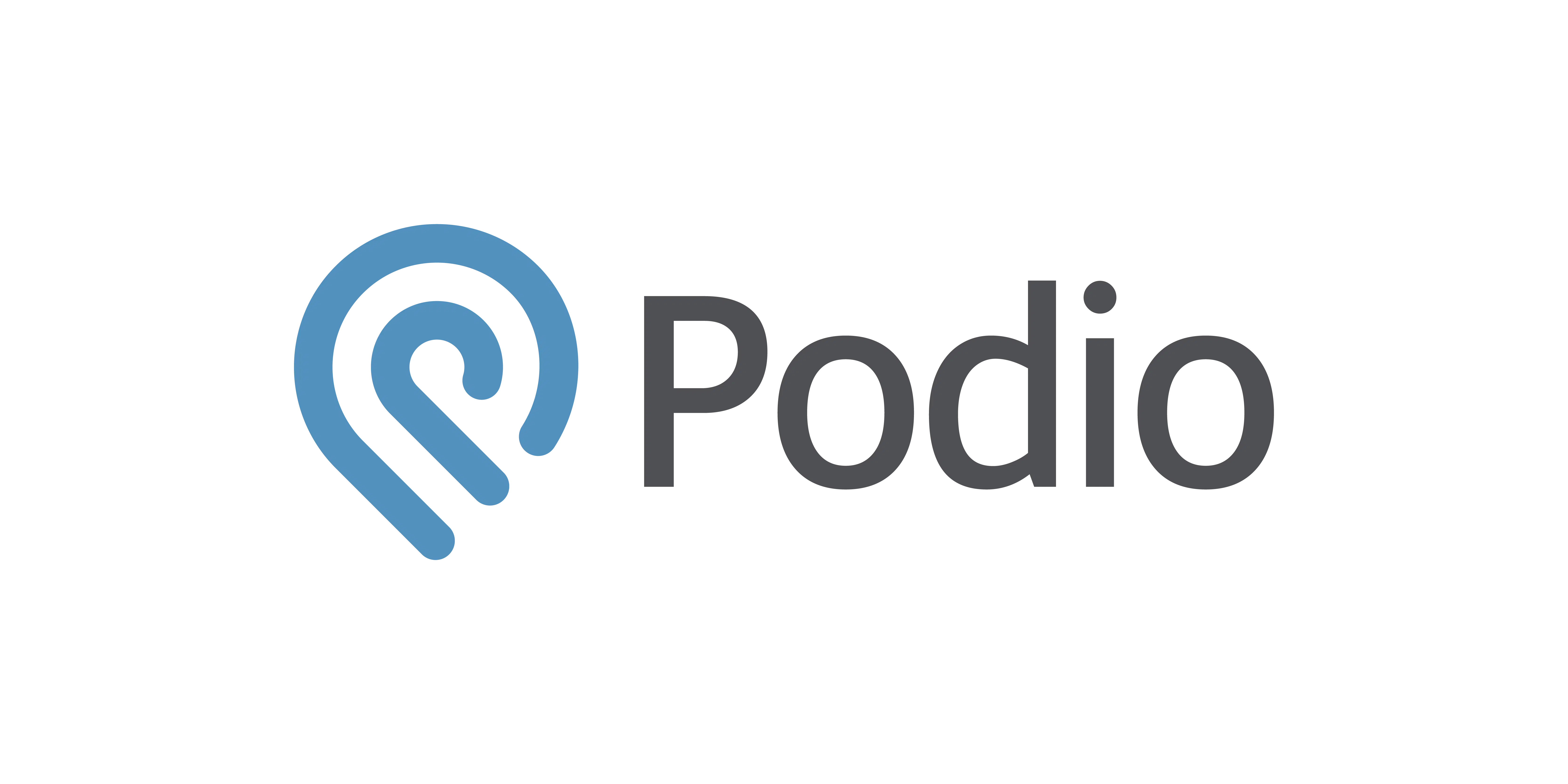
As more and more organizations strive to thrive in today’s business environment, it has become imperative for them to find sustainable strategies that would enable them to work more efficiently, as well as save on costs. One emerging trend that can be of great help is using open source task management tools. These tools not only come with huge cost benefits but also bring in flexibility, capacity to scale up services, and personalized models according to the organizational requirements. Now let us take a closer look at how the open source task management tools can help your enterprise.
As businesses grow, so do their needs. One of the primary concerns when adopting new tools is whether they will scale effectively with the organization. Open-source task management tools like Worklenz offer a significant advantage in this area, allowing companies to handle increasing tasks, users, and integrations without the hefty costs typically associated with proprietary solutions.
Worklenz, for instance, is designed to grow with your business. As your team expands, so can the number of users, projects, and tasks it manages. Unlike proprietary solutions, which often impose limitations or require costly upgrades to accommodate growth, open-source tools allow for continuous scaling. The flexibility to add new features, customize interfaces, and even develop new functionalities ensures that Worklenz can evolve with your business needs.
Moreover, since Worklenz is built on an open-source foundation, it integrates seamlessly with other systems and platforms, allowing businesses to connect the tool with their existing ecosystem without expensive add-ons. Whether you need to connect to your CRM, accounting software, or team communication platforms, Worklenz can be adapted to fit into your current workflow.
This adaptability is further enhanced by the active community supporting open-source tools. As the tool scales, its improvements and updates are driven by contributions from a global community of developers, ensuring that it stays current with industry trends and emerging technologies without requiring businesses to pay for new versions or updates.
By choosing an open-source tool like Worklenz, businesses can future-proof their project management infrastructure, avoiding the bottlenecks and high costs of scaling proprietary software.
Let’s go through the reasons why enterprises actively use open source projects
High-Quality Source Code
Van Haren further explains that Enterprise Open Source Software solutions are developed with a better-quality source code, which means that these solutions are more reliable, stable, and capable of performing better than others. Current operating systems such as Linux and other application software acquired from commercial sources have proven to benefit from open source software in that worldwide communities develop them for the sake of being developed more and more as well as growing innovations.
Security
As we know, there has been an increase in the number of threats to business information in the recent past, and thus the need to protect business data in the modern world. It is an important fact that the open source code is seen by many eyes and therefore, security weaknesses do not go long unnoticed and are dealt with swiftly2. It also helps increase security by minimizing opportunities for a break, vulnerable points, or an attack.
Flexibility and Agility
Speed and business agility are of particular concern regarding enterprise IT. Specifically, the author points out that using open source software enables organizations to respond effectively to such new necessities, as well as to the fluctuations of the market in general3. The flexible organizational structure is considered advantageous because it enables it to remain relevant.
Freedom
This is one of the most important reasons of why an organization or a firm must opt for Opensource since Freedom is the key to its advantage. One potential benefit that organizations may derive from adopting open-source software is that they can adapt, tailor, and build upon OS solutions without being constricted by proprietary suppliers or licenses 3. This freedom empowers innovation. Cost-Effectiveness: This is because open source solutions are less expensive for vendors to produce than proprietary ones. Companies do not have to pay through their nose yet they will be able to perform similar operations to their computers.
Higher Quality Software
A critical consideration with many open source projects is that due to the collaborative and distributed development model, the outputs are often of a higher quality than the equivalent proprietary software. Reviewability Many eyes review the code, it has better reliability and fewer defects to be expected.
In summary, open source software provides a win-win scenario: Enterprises contribute to the community while reaping the benefits of collaboration, customization, and innovation.
1. Flexibility and Agility
Open source tools are flexible to an almost unbeatable degree. These solutions may be built, bought, or assembled from scratch and do not lock any enterprise into proprietary licenses or vendor lock-ins. Invariably associated with the positive use of agile development methodologies. This enables teams to work efficiently, to produce, and also to go through various cycles frequently, hence being able to change based on the various requirements.
2. Cost Savings
Possibly, the most influential chief benefit is cost-effective. Here’s why:
3. Community Support
In the case of the development of open source software, the foundation is laid on the contributions of the community. Benefits include:

Worklenz is a powerful open-source project management tool designed to enhance efficiency within organizations. It provides a comprehensive solution for managing projects, tasks, and collaboration within teams. Here are some key features of Worklenz:
Task Management
Time Utilization & Tracking
Resource Allocation
Analytics & Decision-Making

OpenProject is a robust project management system that offers features like task tracking, Gantt charts, collaboration tools, and time tracking. It’s suitable for both small teams and large enterprises.

Nozbe focuses on simplicity and ease of use. It allows users to create tasks, set deadlines, and collaborate with team members. Its straightforward interface makes it a great choice for those who prefer minimalistic task management tools.

Toodledo provides task tracking, organization, and customizable features. Users can categorize tasks, set priorities, and create custom lists. It’s suitable for personal use or small teams.

Podio is more than just a task management tool; it’s a customizable collaboration platform. Enterprises can create their workspaces, integrate apps, and manage tasks, projects, and communication in one place.

Asana is well-known for its project management capabilities. It offers task assignments, due dates, project views, and integrations. While there’s a paid version, the free version is feature-rich and suitable for many organizations.

Trello uses a visual task board approach, where tasks are represented as cards on boards. It’s intuitive, flexible, and great for visual thinkers. Teams can organize tasks, assign members, and track progress easily.
Remember that each tool has its unique features and strengths, so enterprises should evaluate their specific requirements before choosing the most suitable open source task management solution.
Let’s explore in detail with some examples of how enterprises can successfully save costs by adopting open source task management tools:
TechCo’s Open Source Transformation
TechCo: A mid-sized startup software development company with 200 employees.
Challenge: TechCo faced challenges in managing projects efficiently, tracking tasks, saving costs, and ensuring collaboration across teams.
Goal: Improve project management, streamline workflows, and reduce costs.
Solution: They switched to an open source project management platform. The transition was smooth, and the team appreciated the flexibility and customization options.
Cost Reductions:
Saved approximately $10,000 annually by eliminating licensing fees.
The particular project management software’s active community provided support, reducing the need for external consultants.
As the agency grew, it didn’t incur additional costs for adding more users.
The intuitive interface reduced the need for extensive training sessions.
The team’s efficiency improved, resulting in faster project completion.
Visual boards allowed developers to track tasks easily, reducing communication overhead.
Integrated seamlessly with their existing tools (e.g., GitHub), avoiding additional costs.
By centralizing task management, they reduced costs associated with multiple tools.
Cross-functional teams collaborated seamlessly, leading to faster project delivery.
Remember that this example highlights not only cost savings but also improved productivity, collaboration, and overall efficiency. Enterprises can achieve substantial benefits by strategically adopting open source project management software tailored to their specific needs.
When evaluating task management solutions, cost is often a deciding factor. Many businesses assume that paid SaaS tools offer superior functionality, but open-source alternatives can provide equally powerful features at a fraction of the cost. Here’s a direct cost comparison:
| Cost Factor | Open-Source Tools | Proprietary SaaS Tools |
|---|---|---|
| 1. Licensing Fees | Free (AGPL, GPL, MIT licenses) | Monthly/Annual Subscription Fees ($5–$25/user/month) |
| 2. Customization Cost | Free or one-time development costs | Limited customization; often requires premium plans |
| 3. Hosting & Maintenance | Self-hosted (low-cost servers like VPS) | Cloud-hosted; ongoing costs included but locked to vendor |
| 4. Scalability | Scalable with minimal cost increase | Price increases with users & features |
| 5. Long-Term Expenses | One-time setup, minimal recurring costs | Ongoing payments that accumulate over time |
For businesses with large teams or long-term growth plans, open-source tools eliminate recurring fees, leading to thousands of dollars in savings annually.
Switching to open-source task management tools is a strategic move for businesses looking to cut costs without compromising efficiency. By eliminating hefty licensing fees and offering greater flexibility, these solutions provide a long-term financial advantage.
Ready to experience the benefits firsthand? Sign up for free or Book a demo today and see how Worklenz can streamline your workflow while keeping expenses in check!